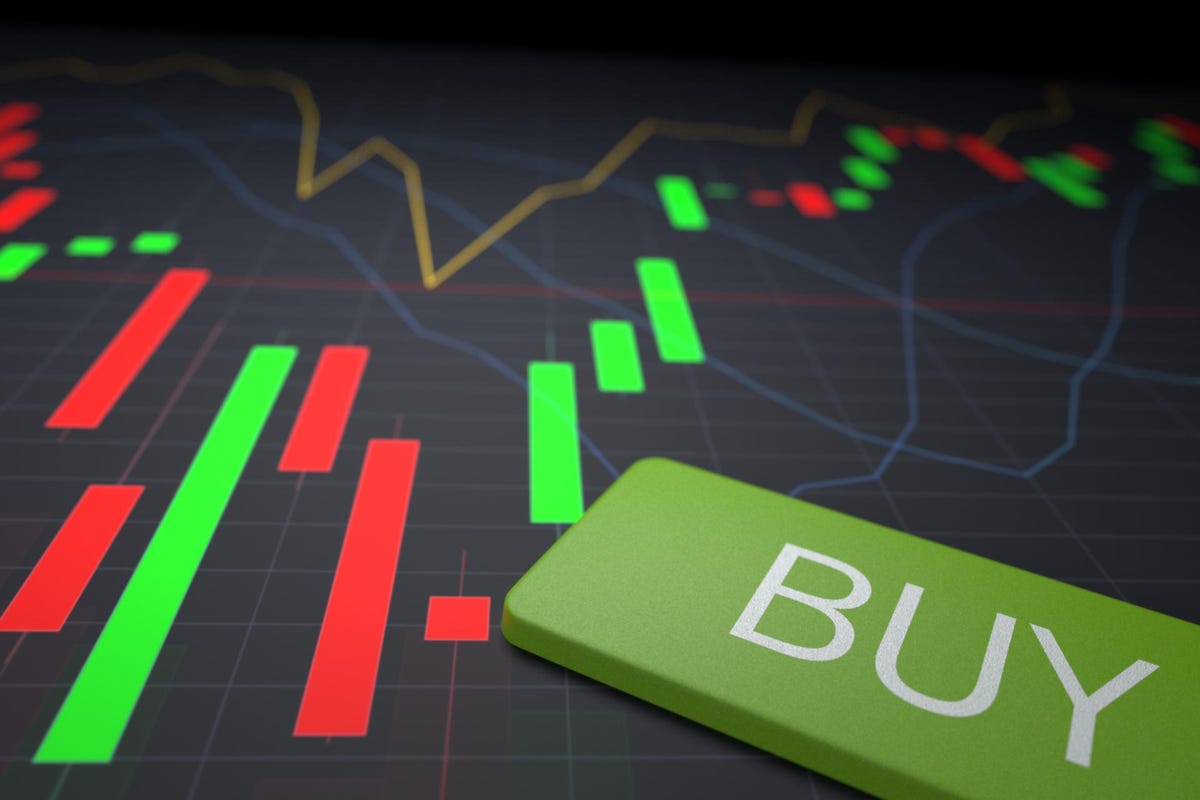
buy key stocks
It was spring 2021, and Apple Inc.
It was time to announce their second quarter results. With the economy largely back to normal, even hitting new highs, Wall Street was expecting good news. In a press release, the company revealed what was actually happening.
Revenue had hit an all-time high: 89.6 billion dollars. There was double-digit growth in every product category. Sales were up 54% year-over-year. Earnings were up 119%. Investors’ high expectations were absolutely shattered.
What exactly was the problem, then?
Well, funny as it sounds, Apple had too much money.
Entering the Spring, the company held 160 billion dollars’ worth of marketable securities (predominantly U.S. treasuries). On top of that, they were sitting on 38.5 billion dollars in straight cash. So, in total, over 200 billion dollars. To put that figure in perspective, consider this:
MORE FOR YOU
If you took the amount of money Apple wasn’t using, on its own, and used it to create a whole new company, it would be the 56th most valuable company in the world.
We’re talking about an all-time record. Apple was overflowing with riches and, with revenue higher than ever, printing new money faster than they could spend the old.
Admittedly, we’re poking fun by referring to this as a “problem.” Except it really is a problem.
You see, when the pandemic first hit, having a lot of cash on hand was important, if not necessary, for struggling businesses. We all know the story by now: stores closed, people lost their jobs, transactions slowed to a crawl. Nobody knew how long the virus was going to last and, by extension, how long the economy would continue to slump. So Apple, J.P. Morgan, and ordinary mom and pop shops all bolstered their rainy day funds. According to data from Refinitiv, from 2019 to 2020, the amount of cash and cash equivalents held by American and European companies rose by around three trillion dollars. By the end of the year, though, vaccines were being approved, unemployment had dropped back down to new lows, and encouraging fiscal policy meant businesses were borrowing at a healthy rate. Suddenly, companies like Apple and J.P. Morgan—who’d survived the pandemic with hardly a scratch found themselves with piles of cash laying around, and little risk of needing it. And that’s where the problem begins.
Under pressure from investors to spend these funds, Apple, Google
I’m talking about stock buybacks.
Corporations themselves have become the biggest buyers in the market today, eating up nearly 2% of the entire S&P 500. Pundits have even given it a name: the “buyback bonanza.”
S&P 500 Buybacks Graph
Last year, as companies shored up their cash reserves, they slowed spending on such unnecessary things as stock repurchases. Now the reverse is true: those rainy day funds are being converted into massive repurchase orders.
In the tech sector, for example, Apple and Google are turning those 200 and 160 billion dollar reserves into 90 and 50 billion dollar buybacks. Microsoft
And nowhere has buyback growth been more significant than in banking. During the pandemic, to maintain liquidity and reduce the risk of worst case scenarios, the Federal Reserve subjected the nation’s largest banks to a series of “stress tests.” For a year, on top of other restrictions, banks were restricted in buying back their stock. That would seem like a small price to pay for financial security, but it’s worth noting that, in normal times, according to CNBC, buybacks represent 70% of the capital payouts banks provide to investors.
Meanwhile, according to Autonomous Research, under Fed restrictions, the six largest American banks had to sit on their 150 billion dollars in excess capital. That is, until June. Minutes after the Fed announced that COVID-era restrictions on banks would be lifted, J.P. Morgan released their plan to buy back 30 billion dollars of JPM. JPM jumped 5% on that day alone.
Last, let’s consider that companies are more likely to buy their shares (bet on their own company) if they are confident about the future of their businesses. The Conference Board does a survey of CEOs to measure and graph their confidence. Their measure recently hit an all-time high.
The Conference Board Measure of CEO Confidence
So, if you’re wondering who is buying stock as the markets look frothy, it just may be a self-perpetuating time where, the greater the gains in profit, the greater the purchases of stocks. In other words, when things are good, they are really good.




